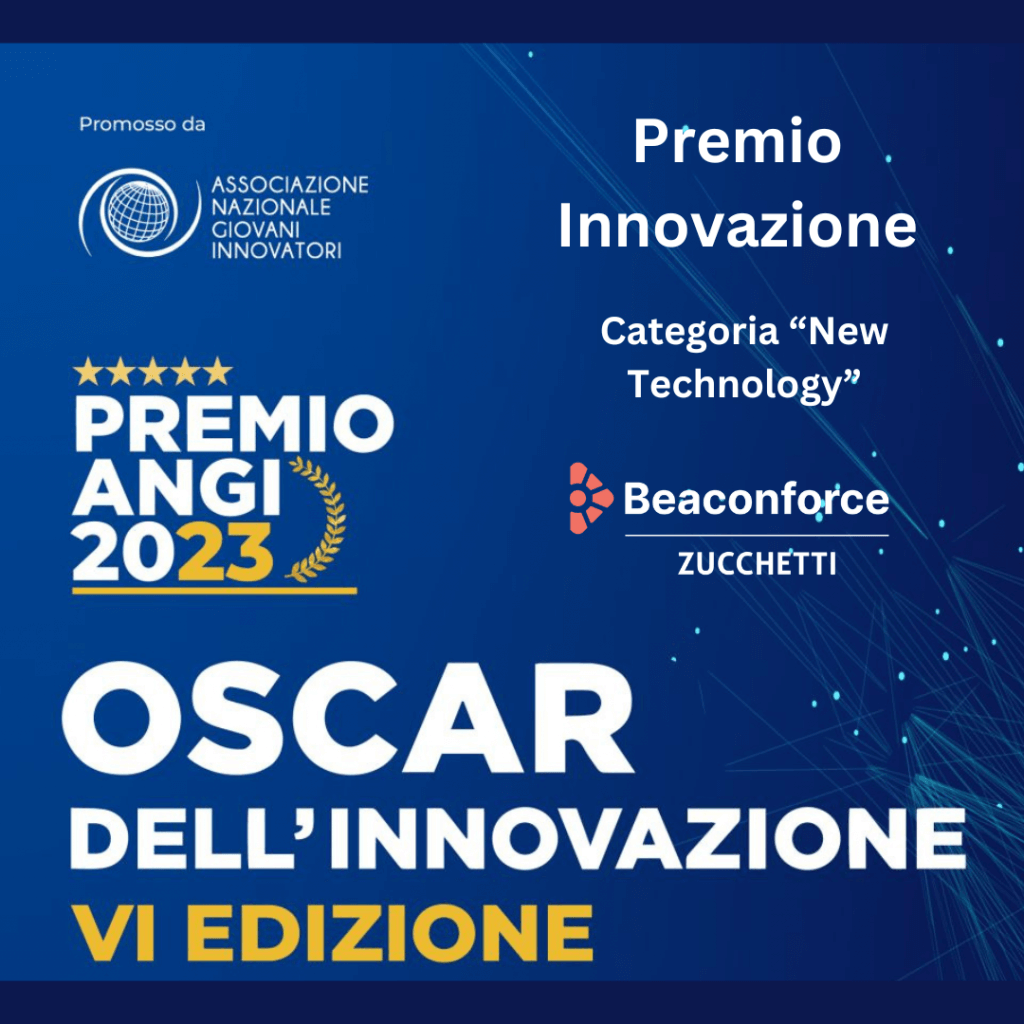Employee Climate Survey: what it is and how it has evolved over the years.
Published
November 26, 2021
When we talk about climate, we tend to think about the weather. But the word climate can also refer to a company environment and how people feel working for that organization.
The first references to organizational climate date back to the early 1960s. The contribution of social psychology has been fundamental to determining what could influence the behavior of individuals in a given organizational context.
The research carried out over the years has demonstrated how a positive organizational climate of well-being and satisfaction generates better results, grows the sense of belonging to the company, improves collaboration and performance, and, finally, attracts talent..
The company climate is an effective way to measure the current sentiment of employees regarding the policies, decisions, and actions taken by employers and detect differences in the perception of some processes and procedures in place. The company running such a survey must be willing to review its policies and procedures based on the results.
According to the report of the European Agency for Safety and Health at Work (2014), companies that do not pay attention to their corporate climate have 49% higher rates of accidents and errors in the workplace, and companies with poor well-being conditions have a higher absenteeism rate of about 37%.
A toxic organizational climate is also one of the direct causes of work-related stress, which affects 27% of workers, with negative consequences on personal health and performance in the company.
Climate Surveys are a powerful listening tool for companies, with which they can measure the effectiveness of their HR policies, drawing on direct feedback from their employees.
The employee Climate Survey is usually an anonymous questionnaire to the entire company population or some departments, based on the intended use. To achieve a high percentage of adoption and to be able to perform an optimal measurement, it is of fundamental importance to explain the purpose of the survey to all participants well in advance. Moreover, the climate survey must be only the first step of a much more ambitious project. And, most importantly, the implementation of actions based on the survey results must follow. The launch of a climate survey will inevitably generate an expectation, which, if disregarded, could result in a worsening of the organizational climate.
The launch of a Climate Survey is, therefore, a decision to make wisely. Companies that decide to ask their people for an opinion on some delicate issues, such as internal relations, meritocracy, and equity, must be willing to also implement corrective actions afterward based on the results.
Until recently, companies thought that their employees’ satisfaction and well-being derived only from achieving their personal objectives: getting a good salary, a performance bonus, restaurant tickets, gym memberships, kindergarten for their children, and other benefits.
And this is why climate surveys usually aimed to understand if people were extrinsically motivated.
But what companies realized in recent years, and especially in the last 18 months, what motivates people now is very different from what used to motivate them in the past.
The forced shift to remote work for the past two years has made the traditional welfare plans obsolete. Many of the services offered to employees no longer had a reason to be provided, as they focused on needs that had simply ceased to exist. For example, using the company gym does not make sense when you can go to the one near your home.
Smart working has allowed employees to reorganize their daily lives based on their needs and made people aware of what is important to them, consequently changing some of the factors that affect motivation.
The evolution of the Climate Survey is going hand in hand with this transformation, thus starting to analyze other elements and giving them value: interpersonal relationships, the quality of feedback, the perception of balance between challenges and skills, etc.
Today, organizational climate and its frequent measurement play a fundamental role in gaining a competitive advantage; for this reason, many companies need to introduce tools that act in some way as a “thermometer” of their organizational climate and culture.
Unlike a simple survey, the detection of the organizational climate is comparable to a diagnostic check-up to measure various indicators and obtain a picture of the situation. It stimulates the sense of belonging to the company because the employee feels listened to and valued, and it can be considered part of a corporate welfare scheme. The main objectives of a Climate survey are:
- to highlight what are the elements present within your company that motivate people,
- to evaluate the quality of the relationships established between managers and their teams,
- to understand how employees feel towards the organization,
- and, finally, to bring out any critical issues.
Based on the results, it will be possible to implement targeted actions to make changes in the areas that require immediate attention.
Listening to your people has always been important but never as in this historical moment. Now that more and more companies are talking about implementing hybrid models, we need a new organizational approach that pays greater attention to the needs of each individual, to keep them motivated and productive. And what better way than to ask them directly how they feel, what they want, and what are their expectations?
In conclusion, a climate survey is not only the first step to establishing a continuous feedback process camongst your employees, but it will also help you plan a sensible return to the office, which will take into account their expectations and suggestions.
Find the best solution for your organization
Discover Beaconforce Light Pulse plan, measure the drivers of your people engagement and analyze the results using benchmarks from other companies that have already chosen Beaconforce.
Articles and news

